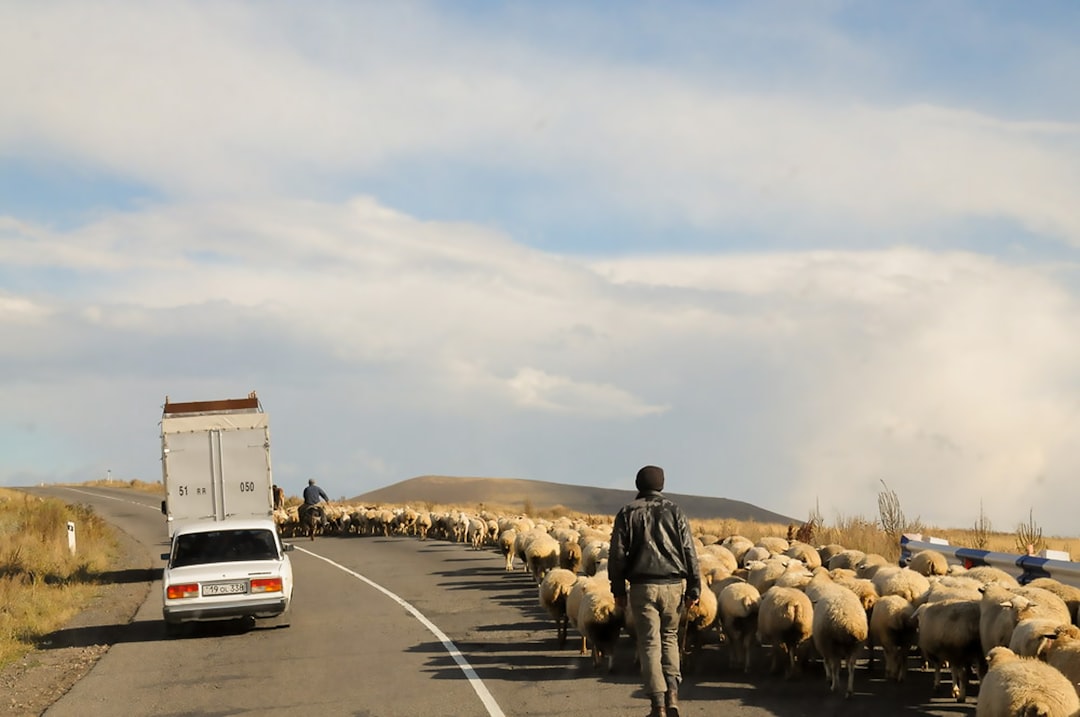Geopolitics and Markets Review – 12th February 2024
The Wars of Today - Azerbaijan and Armenia - Part 2
Contents
Introduction
The Story of Nagorno-Karabakh – Part 2
The First Nagorno-Karabakh War
Effects of the First Nagorno-Karabakh War
Concluding Remarks
Bitesize Edition
From 1936 to the present day, Armenia has seen its geography change dramatically, often as a result of territorial conflicts with Azerbaijan.
With multiple genocides in Armenia’s history and the pivot from Soviet influence on its current attempts to pivot more to the West, it’s a vital nation to study in one of the most diverse geopolitical regions on the planet.
Today, we’ll explore how Armenia fared in World War Two, after the collapse of the Soviet Union in 1991, and the rest of the story gets us to 2020 when the tide of the conflict over Nagorno-Karabakh once again intensified.
Introduction
Last week, I started my deep dive into the conflict over Nagorno-Karabakh between Armenia and Azerbaijan. Read Part 1 first if you haven’t already as it sets up many of the topics I’ll discuss today.
https://geopoliticsreport.substack.com/p/geopolitics-and-markets-review-5th-1de
The Story of Nagorno-Karabakh – Part 2
We ended last week’s piece with the end of the Transcaucasian Socialist Federative Soviet Republic in 1936 when the three states of Georgia, Azerbaijan and Armenia became three separate states. Armenia was named the Armenian Soviet Socialist Republic.
In World War Two, Armenia participated by sending soldiers to fight under the USSR. This period also saw Armenia and Azerbaijan reach temporary peace, with both Armenia having an Azeri minority and Azerbaijan possessing an Armenian minority. Also as Soviet states, they were under centralized control from the Soviet Union. However, this peace wasn’t to last, with the First Nagorno-Karabakh War occurring in 1988. At this time, Nagorno-Karabakh was part of the Azerbaijan Soviet Socialist Republic but still housed an ethnic Armenian majority. The Azerbaijani government had encouraged its population to settle in the region to alter the demographics, which fuelled tensions with the Armenians. Couple this with the rise of nationalism and wishes for greater autonomy in the Soviet Union states during the 1980s and the Armenians wished for a reunification with Nagorno-Karabakh. The breakdown of the Soviet Union and eventual collapse in 1991 led to power vacuums forming that were no longer controlled by Soviet leadership. The First Nagorno-Karabakh War was already unfolding in 1991, but the collapse of the Soviet Union paved the path for escalations between the two newly independent states.
Keep reading with a 7-day free trial
Subscribe to Geopolitics Explained to keep reading this post and get 7 days of free access to the full post archives.



